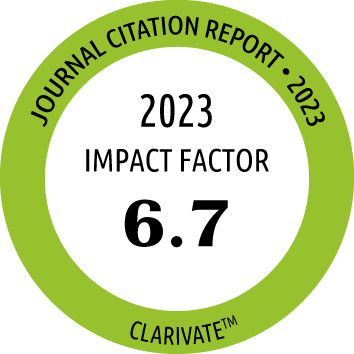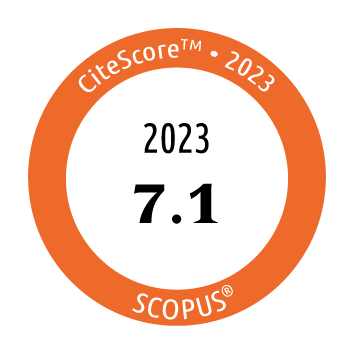Return to content in this issue
Prostaglandin E2: A Potential Link Between NSAIDs and the Menstrual Cycle, Cofactors of Food-Dependent Anaphylaxis
Tubita V1,2,3, Mir Ihara P1,4,5, González-Matamala MF1,4, Picado C2,3*, Muñoz Cano RM1,2,4,5*
1METRI2A-Institut d'Investigacions Biomèdiques August Pi i Sunyer, Barcelona, Spain
2Universitat de Barcelona. Barcelona, Spain
3CIBER of Respiratory Diseases (CIBERES), Instituto de Salud Carlos III (ISCIII), Madrid, Spain
4Allergy Department, Hospital Clinic, Barcelona, Spain
5REI-RICORS, Instituto de Salud Carlos III (ISCIII), Madrid, Spain
*These authors contributed equally to the article.
J Investig Allergol Clin Immunol 2025; Vol. 35(3)
doi: 10.18176/jiaci.1070
Food-induced anaphylaxis presents a significant health risk, accounting for 25% to 50% of adult allergic reactions. The variability in severity, even with identical allergen exposure (dose and allergen), suggests the involvement of other factors (cofactors) in exacerbation of allergic responses. Cofactors may function in 2 ways: by lowering the reaction threshold, ensuring patients remain asymptomatic in the absence of the cofactor and only experience symptoms when it is present; or by increasing severity, enabling patients with mild symptoms to endure a stronger reaction in the presence of the cofactor.
Two cofactors have emerged, namely, nonsteroidal anti-inflammatory drugs (NSAIDs), which are well documented, and the menstrual cycle, which has received less attention. However, their intricate interplay has not yet been elucidated. Widely used for their anti-inflammatory properties, NSAIDs disrupt gastrointestinal integrity, reduce synthesis of prostaglandin E2 (PGE2) by inhibiting the enzyme cyclooxygenase (COX), and participate in mast cell activation, thus exacerbating food allergy symptoms. Similarly, the hormonal fluctuations during the menstrual cycle affect the COX pathway, modulating mast cell activation and allergic sensitivities.
PGE2, a key mediator in immune modulation, plays a crucial role in maintaining immune homeostasis and suppressing mast cell activation.
This review examines the potential role of PGE2 as a plausible link between NSAIDs and menstruation as cofactors in food allergy, suggesting a central role in modulating allergic sensitivities.
Key words: Cofactors, Food anaphylaxis, Prostaglandin E2 (PGE2), Menstrual cycle, Nonsteroidal anti-inflammatory drugs (NSAIDs)




